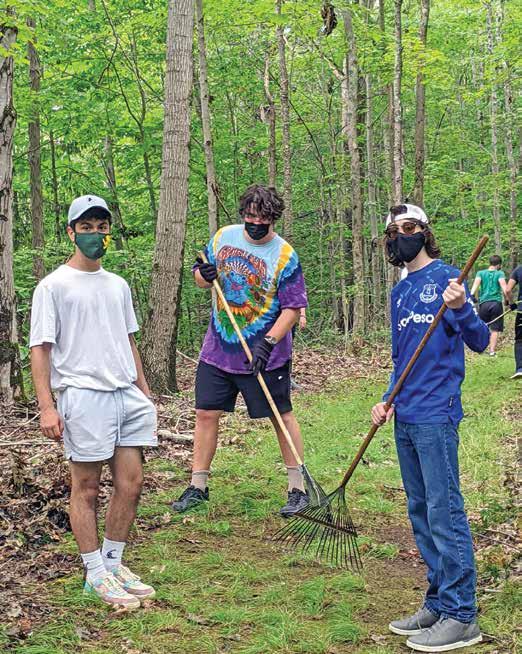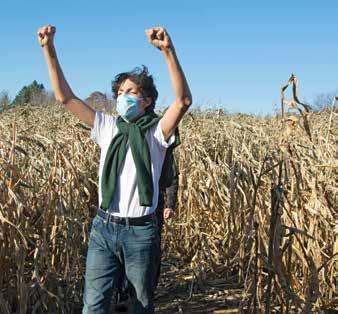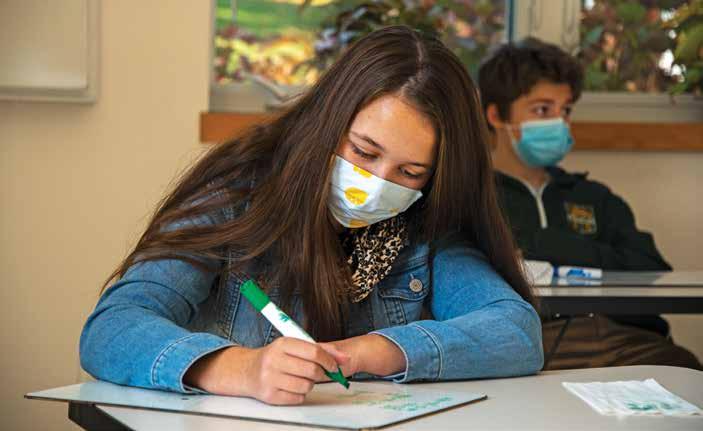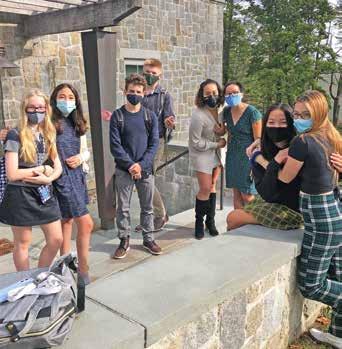them to be a better reader, writer, or mathematician, but that they taught them to be a better person. Our new national remote learning experience can teach us a lot about the value of schools beyond just the intended. Great teaching is a matter of context Over the past few decades, an incredible amount of time, energy, and money has been spent on identifying the most effective teaching practices. University-based researchers spend hours upon hours in classrooms identifying what seems to work well. They distill these experiences into routines and strategies that can be replicated in countless classrooms. They test these practices in the most scientific ways possible to hopefully confirm the validity of using one approach over another. The objective of these researchers is to help provide alternatives and inform us about what will really make a difference in student lives and learning. The pandemic threw a wrench in these works, though. As we all scrambled to move to remote learning, we attempted to repurpose these best practices for a new technological setting. We quickly identified that some worked better than others. In fact, some of these practices were a complete failure in this new setting. The reasons were obvious. The researchers assumed students would be physically in a classroom, that school operated in a synchronous fashion with all students in the same time
zone, that the teacher could move around the classroom to check understanding, facilitate students working in groups, monitor assessments for individual accountability, and craft an experience in real time and space. The research was based upon a conception of school that was very different from the one we are all currently experiencing. The pandemic highlighted that teaching is equal parts art and science. Science helps us better understand the “how” of teaching while art gets at the “why” of teaching. With the change in context, good teachers knew they would need to rely more on the art of teaching. I do not think any teacher felt like an immediate success, but the more fruitful ones took what they knew from the science of teaching (how students learn best) and focused on the why of learning. They did not try to recreate the classroom setting in a virtual world. They critically examined many of the assumptions about schooling and out of this created something new, something that challenged many of these assumptions. It is this challenging of assumptions I find most interesting. I do not want to just return to the way things were before. This pandemic has taught us a lot about what we value and miss from the time before the virus, but it has also allowed us to imagine ways that things might also be different. It has taught us that great teachers are not bound by assumptions and can learn to thrive in different contexts. Ritual and routine are undervalued As I travelled around the campus this fall, I would often hear new students ask older students if an experience they were having was normal or just a “COVID-19 thing.” More times than not, the student would reply that it was a “COVID-19 thing.” The response of “COVID-19 thing” tended to have negative connotations. It meant that things were better in the past, but that we needed to put up with this strange way of doing things to be back on campus. We needed to abandon many of the things that were
“It would be an understatement to say that no one in the field of education was prepared for what would need Students gather for a photo outside the Science Center.
4
change due to the pandemic.”












